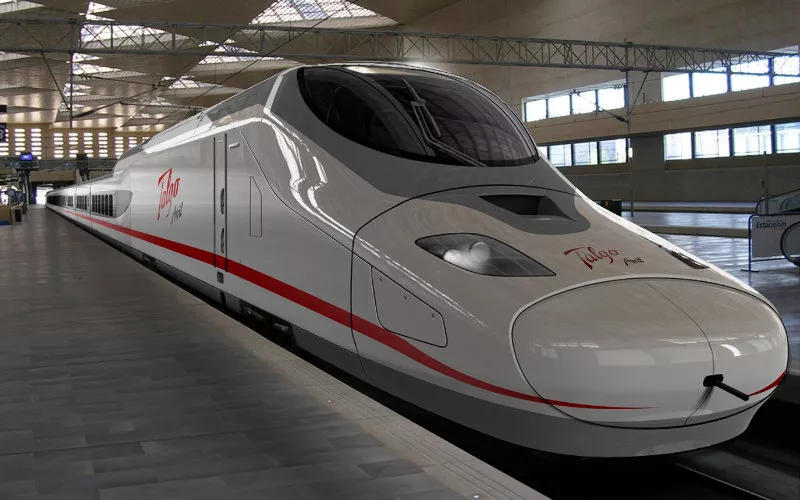The Spanish manufacturer Talgo plans to participate in the upcoming tenders to be launched by Morocco’s Railway Office (ONCF) for the acquisition of 120 new high-speed trains (TGV), purportedly to reinforce the national network in preparation for the 2030 World Cup, reported Spanish news outlet the La Información on Monday.
The Spanish company has proposed two models to the Moroccan National Railway Agency: the Avril high-speed train–capable of reaching speeds of 380 km/h–and the EMU, which can travel at 160 km/h.
The media source related that the manufacturer is interested in the various tenders that will be launched by the ONCF. The first tender, to be launched soon with a value of 839 million euros, aims to purchase 120 new trains with a speed of approximately 200 km per hour for suburban and regional services, thus replacing around fifty trains that have reached the end of their service life.
“The winner (of the bidding process for the tender) will be required to establish a factory in Morocco to build these units with local labor,” notes the Spanish media, adding that Morocco plans to allocate a total budget of 12.7 billion MAD for the acquisition of new rolling stock until 2026, inclusive of high-speed trains.
The planned construction of the high-speed line between Marrakech and Agadir–which is also linked to the project–will play a crucial role in the 2030 World Cup event, as both cities are candidates to host matches.
Morocco will invest around 350 billion MAD by 2040 for the construction of 1,100 km of high-speed lines. Also among one of the envisioned projects is the long-awaited undersea tunnel linking Spain and Morocco, which would significantly reduce travel time between Casablanca and Madrid.
China, Germany, and France are also mentioned as potential participants in the tender, demonstrating comprehensive international interest in this ambitious project.
The memorandum of understanding signed on February 2 during the 12th high-level meeting between Morocco and Spain–which includes the consolidation of bilateral integration in the field of transportation through the exchange of best practices in railway innovation–also demonstrates a significant advantage over its competitors.


